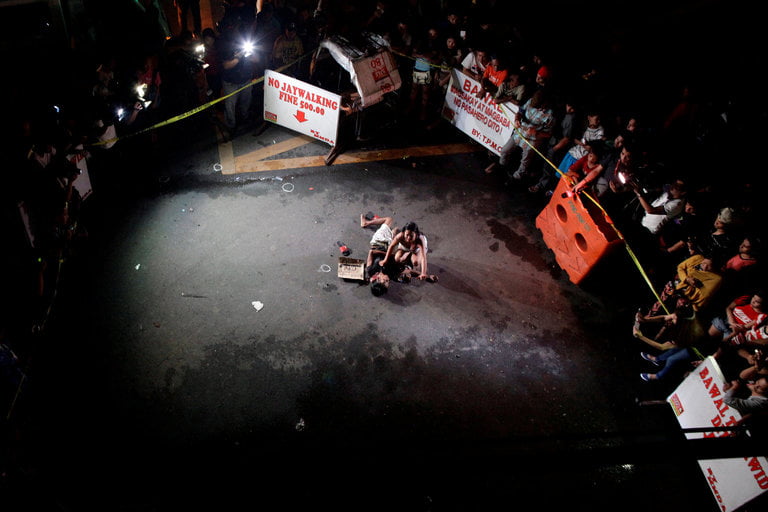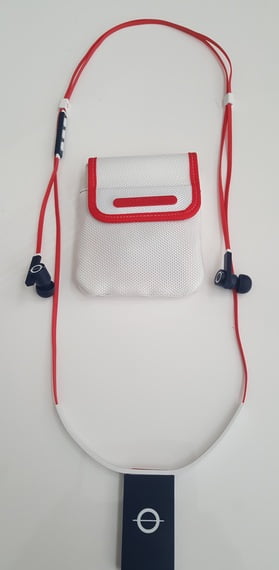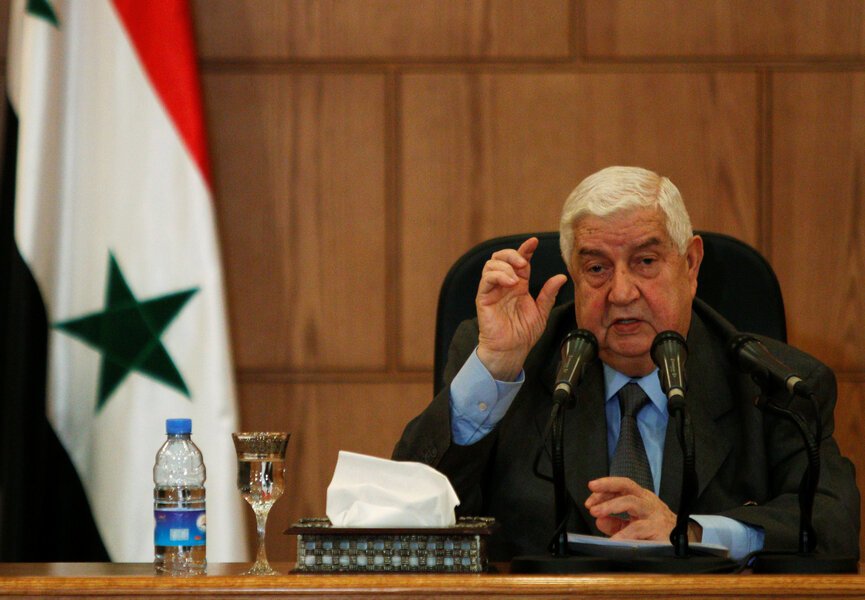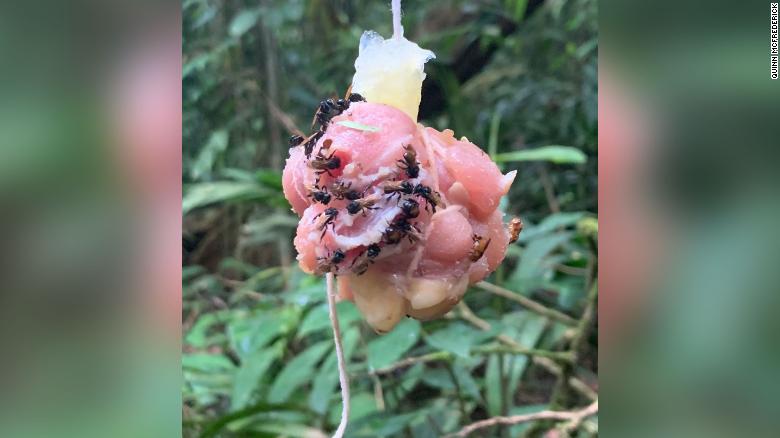

MANILA — Since Rodrigo Duterte became president of the Philippines just over a month ago, promising to get tough on crime by having the police and the military kill drug suspects, 420 people have been killed in the campaign, according to tallies of police reports by the local news media.
Most were killed in confrontations with the police, while 154 were killed by unidentified vigilantes. This has prompted 114,833 people to turn themselves in, as either drug addicts or dealers, since Mr. Duterte took office, according to national police logs.
Addressing Congress last week in his first State of the Nation address, Mr. Duterte reiterated his take-no-prisoners approach, ordering the police to “triple” their efforts against crime.
“We will not stop until the last drug lord, the last financier and the last pusher have surrendered or been put behind bars or below the ground, if they so wish,” he said.
But human rights groups, Roman Catholic activists and the families of many of those killed during the crackdown say that the vast majority were poor Filipinos, many of whom had nothing to do with the drug trade. They were not accorded an accusation and a trial, but were simply shot down in the streets, the critics say.
“These are not the wealthy and powerful drug lords who actually have meaningful control over supply of drugs on the streets in the Philippines,” said Phelim Kine, a deputy director of Human Rights Watch in Asia.
Critics of the president’s campaign have rallied around the case of Michael Siaron, a 29-year-old rickshaw driver in Manila, who was shot one night by unidentified gunmen as he pedaled his vehicle in search of a passenger. When his wife rushed to the scene, a photographer took a picture of her cradling his body in the street, and the photograph quickly gained wide attention.
Scribbled in block letters on a cardboard sign left near his body was the word “pusher.” His family members insist that he was not involved in the drug trade, though they said he sometimes used meth.
Indirectly acknowledging criticism that his policies trample over the standard judicial process, Mr. Duterte said that human rights “cannot be used as a shield to destroy the country.”
He has called for drug users and sellers to turn themselves in or risk being hunted down, a threat backed up by the bodies piling up near daily on the streets of Philippine cities.
The approach appears to be driving down crime: The police say that they have arrested more than 2,700 people on charges related to using or selling illegal drugs, and that crime nationwide has fallen 13 percent since the election, to 46,600 reported crimes in June, from 52,950 in May.
Mr. Duterte’s crackdown has been hugely popular. Filipinos, pummeled by years of violent crime and corrupt, ineffective law enforcement, handed him an overwhelming victory in the May presidential election, and have largely embraced his approach.

A national opinion poll conducted after his election and just before he took office found that 84 percent of Filipinos had “much trust” in him.
The model for Mr. Duterte’s policies is Davao City, where he was mayor for most of the past 20 years. Draconian laws there, including a strict curfew and a smoking ban as well as a zero-tolerance approach to drug users and sellers, have been credited with turning the city into an oasis of safety in a region plagued by violence.
The dark side of that approach was that more than 1,000 people were killedby government-sanctioned death squads during his administration, according to several independent investigations.
Mr. Duterte has denied having direct knowledge of death squads, but he has long called for addressing crime by killing suspects, whom he calls criminals and has referred to as “a legitimate target of assassination.”
He has repeatedly said that those hooked on meth, the most popular drug here, were beyond saving or rehabilitation.
He ran for president largely on the pledge of applying the same policies nationwide, promising to kill 100,000 criminals in his first six months in office. While the number may have been typical Duterte bravado, the threat of mass killing appears to have been real.
On Tuesday, the International Drug Policy Consortium, a network of nongovernmental organizations, issued aletter urging the United Nations drug control agencies “to demand an end to the atrocities currently taking place in the Philippines” and to state unequivocally that extrajudicial killings “do not constitute acceptable drug control measures.”
Ramon Casiple, a political analyst at the Institute for Political and Electoral Reform, said that he shared those concerns but that it was too early to decide whether Mr. Duterte’s approach is effective. “Let’s give him his 100 days,” Mr. Casiple said.
Mr. Duterte has recently raised his sights beyond street-level users and dealers, accusing five police generals of protecting drug lords, though he presented no specific evidence.
He also publicly accused a mayor, the mayor’s son and a prominent businessman of drug trafficking, threatening their lives if they did not surrender.
But the people killed on the street tend to be more like Mr. Siaron, the rickshaw driver.
Mr. Siaron lived with his wife in a shack above a garbage-strewn creek. Having never finished high school, he survived on odd jobs like house painting and working in fast-food restaurants.
Lately he had been pedaling a rickshaw, earning about $2 a day ferrying passengers through the warren of alleyways in a run-down part of metropolitan Manila.

On the night he died, he had stopped by his father’s fruit stand to ask for an apple.
Then he told his father he would seek one more fare before heading home. As he rode off, gunmen on motorcycles sped by, pumping several bullets into him.
What happened next turned him into a national symbol of the human toll of Mr. Duterte’s war.
When she heard he had been shot, Mr. Siaron’s wife, Jennilyn Olayres, ran into the street, burst through police lines and collapsed next to him on the asphalt. The photographer snapped the picture: a distraught woman cradling her lifeless husband under a streetlight, a Pietà of the Manila slums.
The police have not commented publicly about the case and have not accused Mr. Siaron of selling drugs.
“My husband was a simple man,” Ms. Olayres said at his wake several days later. “He may have used drugs, but he was not violent and never bothered anyone. His only concern was looking for passengers so we can eat three meals a day.”
During his speech to Congress, Mr. Duterte dismissed the photo, which had appeared on the front page of The Philippine Daily Inquirer the previous day under the banner headline “Thou shall not kill.”
“There you are sprawled on the ground, and you are portrayed in a broadsheet like Mother Mary cradling the dead cadaver of Jesus Christ,” he said. “That’s just drama.”
But if the antidrug campaign has targeted people on the margins of society, Mr. Siaron is an apt symbol.
“We’re small people, insignificant,” Ms. Olayres said through sobs as she stood next to her husband’s coffin. “We may be invisible to you, but we are real. Please stop the killings.”
[Source:- The New Yourk Times]





